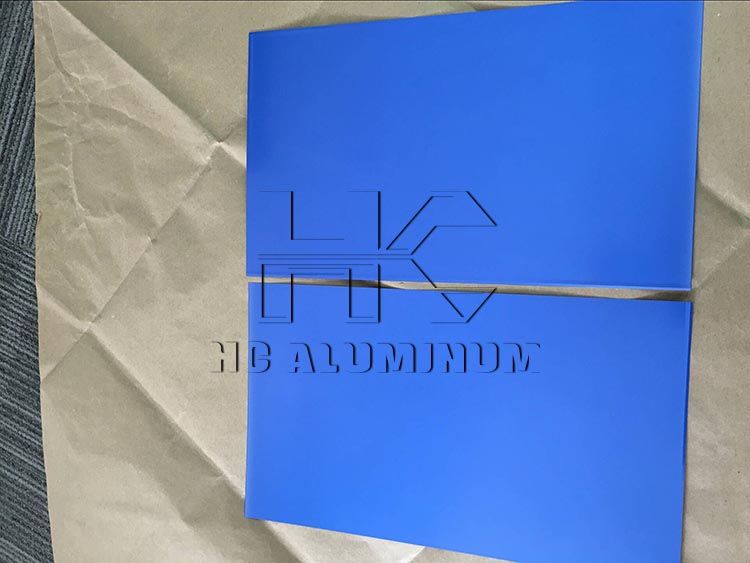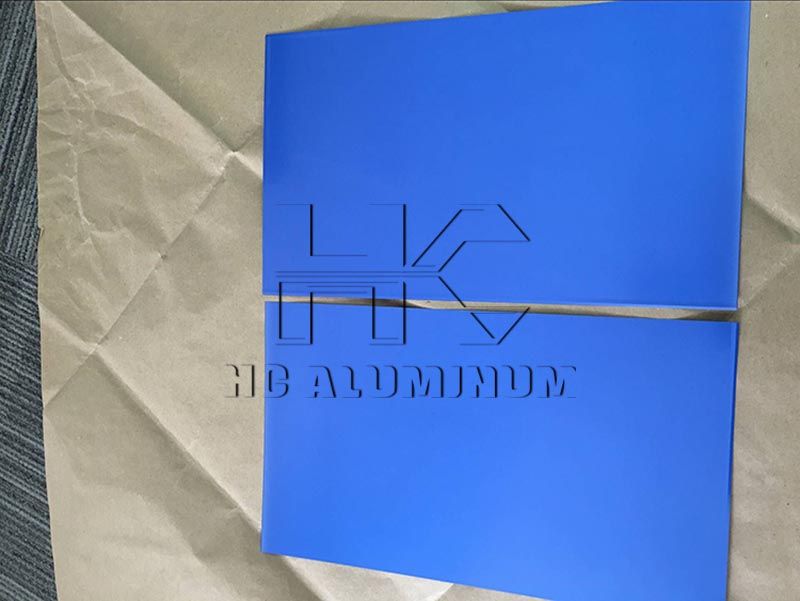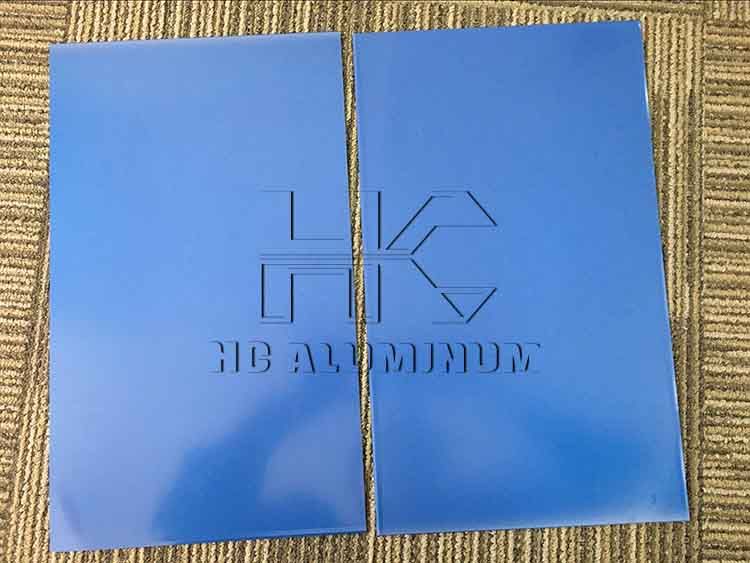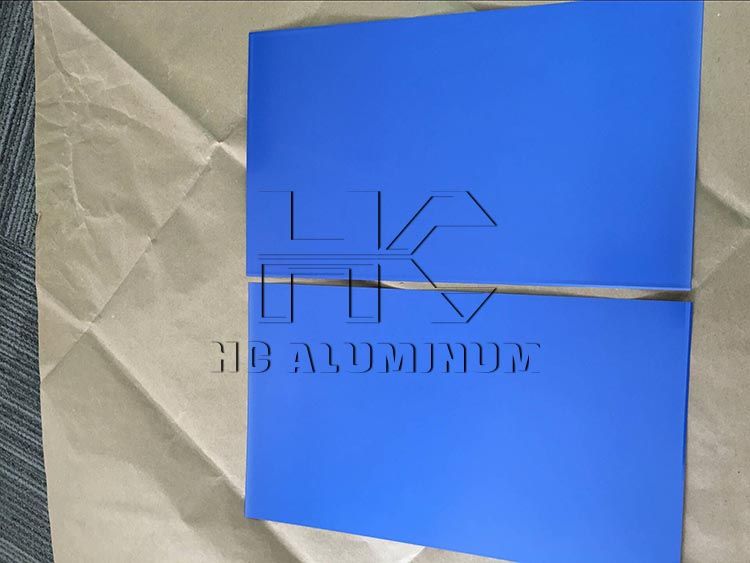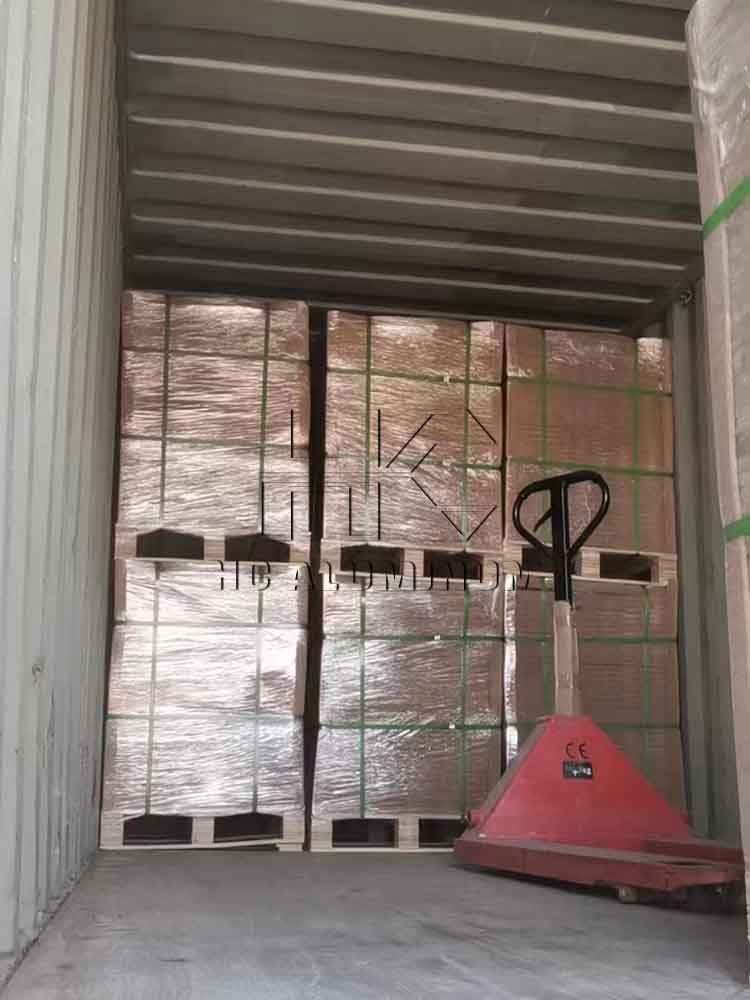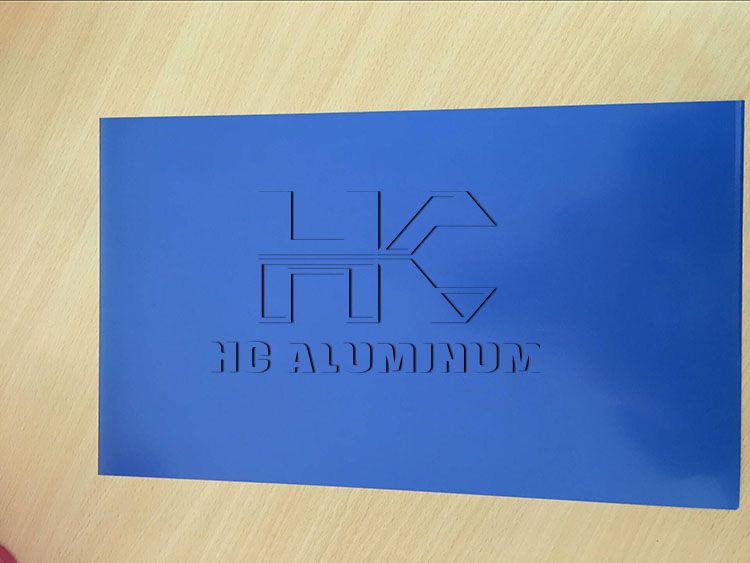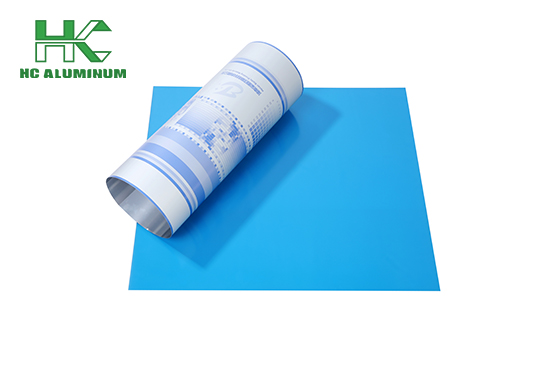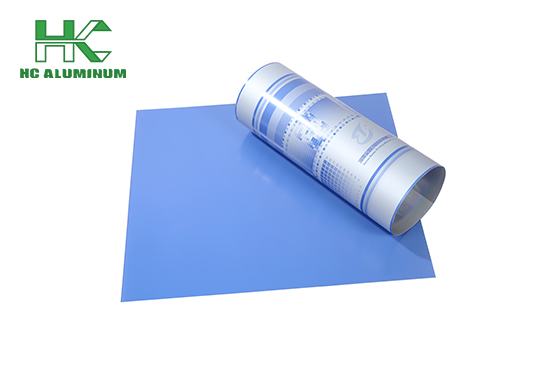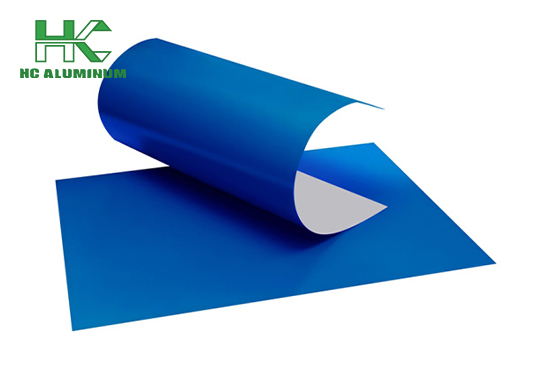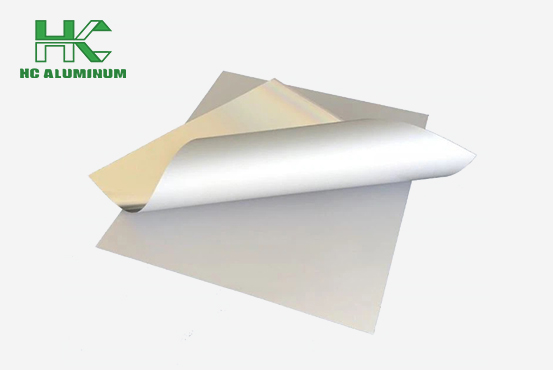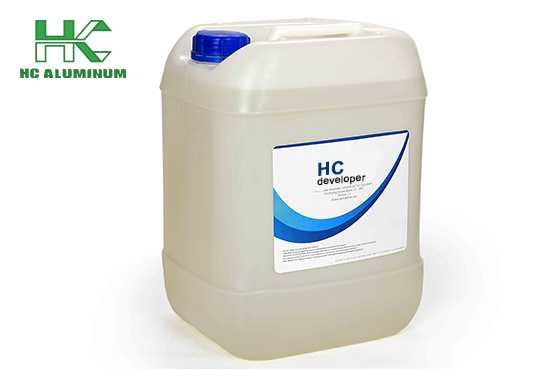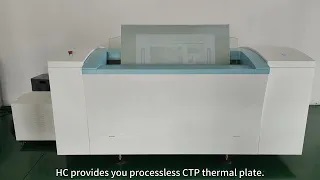What Are Offset Printing Plate Sizes In Inches
In offset printing, the size of the printing plate is not arbitrarily determined; it needs to be precisely matched with the specifications of the printing press, the size of the substrate, and the requirements of the printing order.
If the offset printing plate sizes are too large, they will result in wasted material and increased production costs; if the sizes are too small, they may not be able to cover the printing area, leading to problems such as blank spaces and incomplete content in the printed product.

Furthermore, a suitable printing plate size can improve the operating efficiency of the printing press, reduce plate changeover time, and ensure the continuity and stability of printing production. Therefore, a thorough understanding of the size specifications of different types of offset printing plates is fundamental for printing companies to achieve efficient and low-cost production.
Mainstream offset printing plate sizes in inches
PS Plate
PS plates (Pre-sensitized Plates) are commonly used printing plates in traditional offset printing processes. Due to mature technology and relatively low cost, they are still widely used in small to medium-volume printing orders. The dimensions of PS plates are relatively fixed, with the following common inch sizes:
Small PS Plates: The common size is 18×24 inches. These plates are suitable for small offset printing presses and are mainly used for printing small-format printed materials such as business cards, envelopes, and small flyers. Due to their small size, they are easy to operate and have a fast plate-changing speed, meeting the needs of small-batch, multi-batch printing.
Medium PS Plates: 24×36 inches is a typical example of a medium-sized PS plate, suitable for medium-sized offset printing presses, and can be used for printing brochures, magazine pages, posters, etc. This size balances printing area and production efficiency, and is frequently used in small and medium-sized printing companies.
Large PS Plates: PS plates of 30×40 inches and above fall into the large-size category and are mainly used with large offset printing presses for printing large-format posters, newspapers, and packaging boxes. However, large PS plates require higher precision in printing equipment and higher operating skills, and require extra care during storage and transportation to avoid damage to the plate surface.
The advantages of PS plates lie in their lower cost, mature technology, and relatively relaxed requirements for the printing environment. However, they require multiple processes such as exposure, development, and washing before use, resulting in a relatively long production cycle. Furthermore, the washing process generates waste liquid, which has a certain environmental impact.
CTCP Plates
CTCP (Computer To Conventional Plate) is a plate-making technology developed based on PS plates. It eliminates the need for film, directly exposing the PS plate to laser light via computer control, simplifying the plate-making process. CTCP plate sizes are largely compatible with PS plates, with common inch sizes similar to PS plates, including 18×24 inches, 24×36 inches, and 30×40 inches.
CTP Plates
CTP (Computer To Plate) is currently the mainstream development direction in the offset printing industry. It directly images digital files from the computer onto the printing plate via laser scanning, completely eliminating the washing processes of film and traditional PS plates, achieving a fully digital plate-making process.
CTP plates offer greater flexibility in size specifications. Besides being compatible with common inch sizes of PS and CTCP plates (such as 18×24 inches, 24×36 inches, and 30×40 inches), the CTP plate size can also provide customized size services based on the specific model of the printing press and the special requirements of the printing order. For example, they can offer larger sizes like 36×48 inches and 40×50 inches, as well as some non-standard irregular sizes.
The advantages of CTP plates are significant: Firstly, they are fast to create, taking only a few minutes to a dozen minutes from digital file to plate readiness, greatly shortening the production cycle and making them particularly suitable for short-run printing and urgent orders.
Secondly, they offer high plate-making precision, with resolutions reaching 2400 dpi or even higher, accurately reproducing intricate patterns and text to meet the quality requirements of high-end printed materials.
Thirdly, they are environmentally friendly, requiring no washing process and generating no waste liquid, aligning with the green development concept of the modern printing industry. Finally, they are highly automated, seamlessly integrating with printing presses and prepress software to achieve fully automated control of the entire process, reducing manual intervention and operational error rates.
Of course, CTP plates also have some drawbacks. The cost of the CTP plates and the initial investment in plate-making equipment are relatively high, requiring a certain level of financial strength from printing companies.
Furthermore, CTP plates have strict requirements for the storage environment, needing to avoid high temperatures, high humidity, and direct sunlight, otherwise it will affect the lifespan of the plates and the printing quality.

